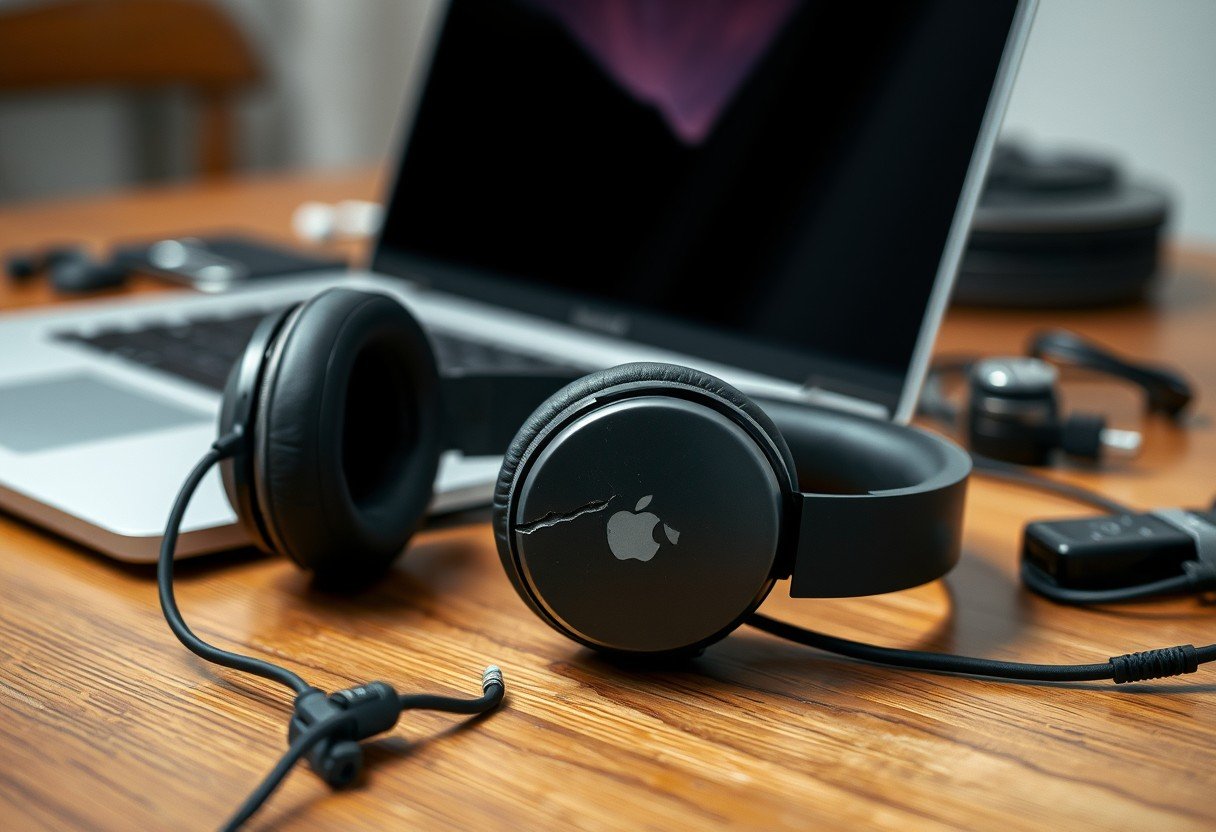Virginia’s true “gold” was not shimmering precious metals, but a humble plant: tobacco. This vital crop, introduced in the early 1600s, became the economic lifeblood that ensured the colony’s survival and fueled its remarkable growth. By shaping labor systems, driving trade, and influencing land expansion, tobacco cultivation laid the foundation for Virginia’s lasting prosperity and its significant role in American history.
Tobacco: Virginia’s Economic Cornerstone
For early Virginia settlers, tobacco quickly emerged as the single most important crop. It transformed the colony’s fragile economy into a flourishing one, providing much-needed financial stability. Demand for tobacco in European markets surged, making it Virginia’s most valuable cash crop.
The introduction of tobacco cultivation by John Rolfe in the early 17th century marked a turning point. It provided a reliable source of income, attracting more settlers and vital investment into the New World colony. This shift allowed Virginia to move beyond mere subsistence farming.
As production expanded, tobacco became more than just a crop; it was a commodity that shaped all aspects of colonial life. It dictated land use, influenced social structures, and became the primary driver of trade relations with England and other nations.
The Evolution of Labor: From Servitude to Slavery
The intense labor required for tobacco farming profoundly shaped Virginia’s workforce. Initially, the colony relied heavily on indentured servants from Europe to cultivate its burgeoning tobacco fields. These individuals agreed to work for a set number of years in exchange for passage to America and a promise of land or freedom dues upon completion of their term.
However, as tobacco production grew and the demand for a more permanent and controllable labor force increased, Virginia gradually transitioned away from indentured servitude. By the late 17th century, enslaved Africans became the dominant labor system, fundamentally altering the colony’s social and economic fabric. This shift ensured the economic viability of large-scale plantations.
This transition created a deeply entrenched system of racial hierarchy and exploitation that had long-lasting consequences. The reliance on enslaved labor became integral to the vast wealth accumulation seen among Virginia’s planter class.
The table below highlights the key differences in Virginia’s early labor systems:
| Labor System | Characteristics | Impact on Virginia |
|---|---|---|
| Indentured Servitude | Temporary contracts, passage to America, freedom dues | Provided early labor, some social mobility |
| Enslaved Africans | Forced, permanent, generational servitude | Stable labor force, created racial hierarchy, immense wealth for planters |
Shaping Trade and Wealth Through Tobacco Exports
Tobacco’s success positioned Virginia as a crucial player in global trade networks. The colony exported vast quantities of tobacco to Europe, particularly England, generating significant profits for landowners and merchants alike. This export-driven economy fostered substantial wealth accumulation within the region.
The surge in tobacco exports supported the development of a robust merchant class and spurred infrastructure development. Docks, warehouses, and trade routes were established to manage the flow of this valuable commodity. This economic activity created numerous jobs and attracted further investment, solidifying Virginia’s prosperity for generations.
Wealthy plantation owners, enriched by tobacco profits, gained considerable political influence. Their economic power translated into social standing and the ability to shape colonial policies, further cementing tobacco’s central role in Virginia’s identity and its standing within colonial America.
Land and Farming: Practices and Expansion
Virginia’s agricultural success was not solely due to tobacco, but also to innovative farming practices adapted to the unique environment. Settlers focused on efficient land use and strategic crop rotation to maintain soil fertility and maximize yields. This approach was vital for sustainable agricultural productivity.
Technological advances also played a role in enhancing farming efficiency. Tools such as improved plows and seed drills allowed for larger areas to be cultivated with less manual labor. These innovations were crucial for meeting the growing demand for agricultural products.
The relentless pursuit of land for tobacco cultivation led to significant territorial expansion. This often resulted in conflicts with Native American populations, profoundly impacting relationships and settlement patterns across the region.
- Crop Rotation: Rotating crops like tobacco with other plants helped maintain soil nutrients and reduced pest problems, ensuring long-term productivity.
- Deeper Plowing: Enhanced plowing techniques improved soil aeration and allowed for better root development, leading to healthier crops.
- Livestock Integration: Incorporating animals into the farming system provided natural fertilizer, further boosting soil quality and overall farm output.
Geography’s Gift: Climate, Rivers, and Prosperity
Virginia’s natural geography played a pivotal role in its economic success. The temperate climate was ideal for cultivating a diverse range of crops, including the highly profitable tobacco. Rich, fertile soil, especially in the Tidewater region, provided perfect conditions for agriculture.
Beyond soil and climate, Virginia’s strategic location along vital trade routes and its network of navigable rivers were invaluable. Rivers like the James and the vast Chesapeake Bay offered easy transportation of goods from inland plantations to major ports for export. This natural advantage connected Virginia’s agricultural products to broader markets.
The accessibility provided by these waterways transformed Virginia into a bustling hub for commerce. This facilitated the exchange of agricultural products, manufactured goods, and other commodities, enriching the colony and fostering strong relationships with international partners.
Political and Social Frameworks for Growth
Once established, Virginia’s political and social structures created a stable environment that fostered economic growth. A blend of a hierarchical society and an evolving self-governing system allowed for the efficient management of resources and attracted more settlers to the colony.
Colonial government policies were instrumental in promoting agriculture and incentivizing land ownership. These policies encouraged individuals to develop farms and plantations, laying the groundwork for a thriving agricultural economy. Resource distribution was carefully managed to support both new and existing landowners.
The role of planters and wealthy landowners was particularly significant; they controlled vast tracts of land and wielded considerable influence over local politics and the economy. Their investments in cash crops, especially tobacco, drove market demand and shaped the colony’s social landscape, including the demand for enslaved labor.
Overcoming Challenges and Building Resilience
Virginia’s journey was not without its trials. The colony faced economic downturns, natural disasters, and social upheavals that tested its resolve. These challenges, however, compelled communities to innovate and adapt, strengthening local bonds and laying the groundwork for future prosperity.
To navigate periods of economic instability, Virginia’s leaders implemented strategic crisis management practices. They recognized the importance of diversifying the economy to ensure stability, even when traditional sectors faced difficulties. Fostering a culture of innovation helped the colony recover quickly from setbacks.
Adaptation to changing markets was crucial for Virginia’s long-term success. The state embraced new technologies and promoted entrepreneurship, allowing it to remain competitive. This proactive approach enabled Virginia to pivot during economic shifts, ensuring continued stability and growth.
Frequently Asked Questions about Virginia’s Economic History
What was Virginia’s primary “gold” that ensured its survival and prosperity?
Virginia’s primary “gold” was tobacco cultivation, which became its most valuable cash crop in the 17th century. The high demand for tobacco in Europe provided the colony with essential economic resources, attracting settlers and investment.
How did tobacco farming influence labor systems in colonial Virginia?
Tobacco farming heavily influenced Virginia’s labor systems, initially relying on indentured servants and later transitioning to enslaved Africans. This shift was driven by the intensive labor requirements of tobacco, profoundly shaping the colony’s social and economic structures for centuries.
Did Virginia’s reliance on tobacco lead to any negative outcomes?
Yes, Virginia’s dependence on tobacco had several negative consequences, including economic instability due to price fluctuations. It also fueled conflicts with Native Americans over land and contributed significantly to the expansion of slavery, creating a legacy of racial inequality.
What role did geography play in Virginia’s economic success?
Geography played a crucial role through Virginia’s fertile soil, temperate climate, and extensive river networks. These natural advantages facilitated successful tobacco cultivation and provided efficient transportation routes for trade, connecting the colony’s products to broader markets.
How did political structures support Virginia’s economic growth?
Political structures in Virginia promoted economic growth by incentivizing land ownership and fostering agriculture through colonial government policies. The influence of wealthy planters also shaped governance, ensuring policies supported the market-driven economy fueled by tobacco.
What innovations helped Virginia’s agricultural sector thrive?
Virginia’s agricultural sector thrived due to innovations like crop rotation and the adoption of new farming tools such such as improved plows and seed drills. These practices enhanced soil fertility, increased efficiency, and allowed for greater productivity in tobacco and other crops.








Leave a Comment